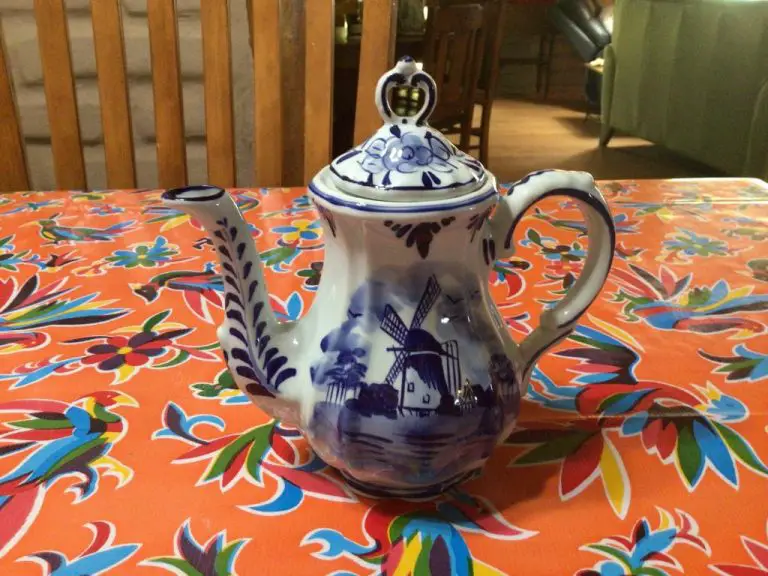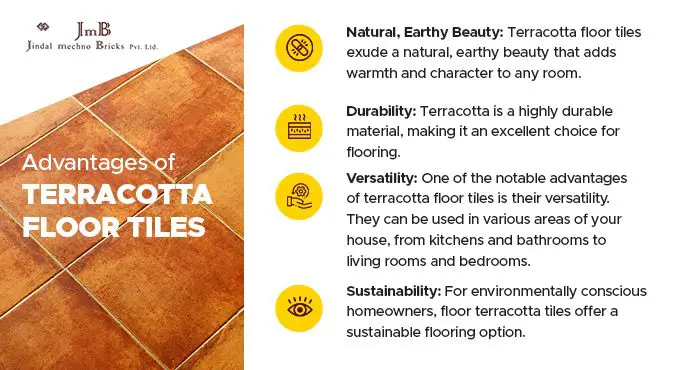Which Clay Is Used For Making Shivling?
The Shivling is a symbolic representation of Lord Shiva that is worshipped by devotees in temples and homes across India. It is usually made of clay, stone, metal, or crystalline substances. The type of material used to create the Shivling holds spiritual significance and varies based on traditions and beliefs.
This article aims to explore the different types of clays and materials that are commonly used to create Shivlings for worship and veneration. Understanding the spiritual meaning behind the Shivling and the clays used allows one to appreciate the deeper symbolism and connect with the divine energy it represents.
Significance of Shivling
The Shivling is a symbolic representation of Lord Shiva that is worshipped by Hindus all over the world. It holds great religious significance and symbolizes the infinite nature of Shiva.
According to Hindu scriptures, the Shivling represents the union of Lord Shiva and Goddess Parvati. The oval-shaped stone denoting Parvati sits atop the cylindrical base denoting Shiva. This represents their cosmic union and the divine power that creates the universe.
The Shivling is believed to embody the energy of Shiva, the destroyer of evil. Worshipping the Shivling is said to please Lord Shiva and help devotees overcome difficulties and achieve self-realization. Placing a Shivling at home or in temples is considered auspicious as it signifies the presence of Shiva.
The ancient texts also state that worshipping the Shivling with devotion helps remove negativity and purify one’s soul. It creates a positive aura and promotes an enlightened lifestyle. For this reason, the Shivling remains an important symbol in Hindu culture.
Materials Used
Shivlings have traditionally been crafted from various types of clay, soils, metals, and stones. Some of the notable materials used over the centuries include:
Clays
Different clays have distinct properties that make them suitable for sculpting a Shivling. Two of the most prized clays are:
- Narmadeshwar Shivling – Made from the mud found on the banks of the Narmada river, considered sacred in Hinduism.
- Banashankari Shivling – Formed using the black cotton soil found near the Banashankari temple in Karnataka.
Metals
Shivlings cast from metals like panchdhatu (five metals) and ashtadhatu (eight metals) are also highly revered. The metals are often alloys with symbolic spiritual significance.
Stones
Many shrines house crystalline Shivlings carved from precious or semi-precious stones like quartz or marble. Popular examples are the ice Shivling at Amarnath cave formed from naturally growing ice.
Narmadeshwar Shivling
One of the most significant and sacred Shivling materials is the clay from the Narmada river. The Narmada river flows through central India and is considered holy in Hinduism. The river clay found here is believed to have unique properties that make it ideal for crafting idols and murtis of deities.
Shivlings made from this distinctive Narmada clay are called Narmadeshwar Shivlings. They have a beautiful earthy texture and soothing brownish-red hue. The clay is gathered from the riverbed solely for the purpose of sculpting these special Shivlings.
Due to the Narmada river’s association with Lord Shiva, its clay is revered as purified clay. Using this holy clay is believed to further sanctify the Shivling. Narmadeshwar Shivlings carved from this particular clay are highly valued for their spiritual aura and divine vibrations.
One of the hallmarks of the Narmadeshwar Shivaling is its texture. The clay has a smooth, fine finish despite being unpolished. The Shivling surface feels supple to the touch. When submerged in water during ritual worship, the clay quickly absorbs the liquid.
Narmadeshwar Shivlings crafted from Narmada clay are a long-standing tradition in India. Devotees consider them ideal for rituals, meditation, puja, and home shrines. Their divine origins and natural simplicity make them especially sacred representations.
Banashankari Shivling
Banashankari Shivlings are Shivlings made from the clay found around the Banashankari Temple in Karnataka. The Banashankari temple is a famous Shakti Peetha temple dedicated to Goddess Parvati. This sacred temple is located in Cholachagudd near Badami, Bagalkot district in North Karnataka.
The special Banashankari clay found around this temple is considered highly auspicious for sculpting Shivlings. This distinctive clay has a unique earthy red tone. For centuries, skilled artisans have handcrafted beautiful Shivlings from this sacred Banashankari soil.
These Shivlings made of Banashankari clay are worshipped by devotees of Lord Shiva. They are known for their fine texture, earthy hue and sacred origins. Banashankari Shivlings are believed to bless homes with divine vibrations and amplify the spiritual potency.
As they are handmade from clay near a powerful Shakti Peetha, Banashankari Shivlings are highly sought after worldwide by Shiva devotees. They prefer using Banashankari clay Shivlings for rituals, meditation and daily worship due to their divine blessings.
Panchdhatu Shivling
Panchdhatu Shivlings are made from five sacred metals – gold, silver, copper, zinc and iron. According to Hindu scriptures, these five metals correspond to the five basic elements – earth, water, fire, air and space. Panchdhatu, therefore, symbolizes the living essence of Lord Shiva.
The process of making a Panchdhatu Shivling is elaborate and requires high levels of skill. First, the prescribed amounts of the five metals are purified through rituals. Then they are meticulously weighed and melted together in a crucible. The molten metal is carefully poured into a mold to create the Shivling.
Panchdhatu Shivlings emit a divine aura and energy. They are believed to be highly auspicious and spiritually potent. Installing a Panchdhatu Shivling at home or in temples leads to peace, prosperity and fulfillment of desires. The five metal combination also makes the Shivling last for many years without erosion.
Due to the sacred significance and specialized craftsmanship involved, Panchdhatu Shivlings are more expensive than those made from a single metal or stone. But for devout worshippers of Lord Shiva, the spiritual benefits outweigh the cost.
Crystalline Shivling
Crystalline shivlings made from clear quartz crystal are a unique and beautiful option. The translucent crystal allows light to pass through, creating a soothing glow and mystical aura around the shivling.
Quartz crystal has powerful energetic and spiritual properties, amplifying intentions and energies. Crystal shivlings are said to enhance meditation, clarity, and higher states of consciousness when in their presence. They purify and energize the surrounding space.
Crystal shivlings come in different sizes and shapes – from small personal ones to large temple-size shivlings. Some have facets and cuts, refracting light within, while others are polished smooth. They are crafted by highly skilled artisans, often taking days or weeks to meticulously shape and polish each crystal lingam.
Crystal shivlings have an unearthly divine quality to them, especially when lit with candles or sunlight streaming through. Their crystalline luminosity elevates them beyond just stone. For spiritual seekers, crystal shivlings provide a tangible way to connect with the energies of the infinite divine.
Ashtadhatu Shivling
Ashtadhatu means eight metals in Sanskrit. Ashtadhatu shivlings are made from an alloy of eight auspicious metals – gold, silver, copper, zinc, lead, tin, iron and mercury. According to Hindu texts, these eight metals represent planets and have astrological significance. The metals are smelted and mixed in the right proportions to make the sacred alloy.
The Ashtadhatu shivling is considered very auspicious and spiritually potent. The eight metals signify completeness and are believed to emit powerful vibrations. Each metal represents a deity – gold for Lakshmi, silver for Vishnu, copper for Shiva, etc. When worshipped together in a shivling, the metals are said to attract good fortune. The shivling can channel the metaphysical properties of the metals for the benefit of the worshipper.
Ashtadhatu shivlings are mainly sourced from Varanasi, known for its traditional metal shivlings. The proportions of the metals may vary across shivlings from different makers. The shivling is traditionally established by conducting a 12-day Atharvashirsha Ganpati puja before installation. Regular worship of the Ashtadhatu shivling is believed to usher prosperity and spiritual progress.
Parthia Marble Shivling
Parthia marble is a highly sought after material for making Shivlings. This rare white marble comes from the Parthia region of northern Iran. The pure white color and crystalline structure of Parthia marble is ideal for sculpting intricate Shivling designs.
Shivlings made from Parthia marble have a smooth, glossy finish and translucent quality. When light shines on a Parthia marble Shivling, it creates a glow reminiscent of moonlight. This symbolizes Lord Shiva’s connection to the moon as the divine cosmic dancer.
In addition to its aesthetic beauty, Parthia marble has practical advantages. It is less porous than other stone, limiting damage from weathering and erosion over time. The sturdy composition allows artisans to hand-carve delicate details into the Shivling without risk of cracks forming.
Due to the limited supply and high demand, Parthia marble Shivlings are more expensive than those made from materials such as black basalt or granite. But for temples and collectors seeking a Shivling of unparalleled quality, the extra cost is well worth it. The radiance and divine aura of a Parthia marble Shivling is simply unmatched.
Conclusion
In summary, the main clays and materials used for making Shivlings include:
- Narmadeshwar Shivling – Made from clay found on banks of river Narmada. Considered most sacred.
- Banashankari Shivling – Made from Banashankari soil found in Karnataka. Also highly auspicious.
- Panchdhatu Shivling – Made from five metals with astrological/spiritual significance.
- Crystalline Shivling – Made from crystal, known for mystical and healing properties.
- Ashtadhatu Shivling – Made from eight metals associated with nine planets and navagrahas.
- Parthia Marble Shivling – Made from rare green marble with spiritual symbolism.
The choice of clay or material depends on factors like sacredness, availability, astrological properties, aesthetics and more. But irrespective of material, the Shivling remains a powerful representation of Lord Shiva for devotees.





